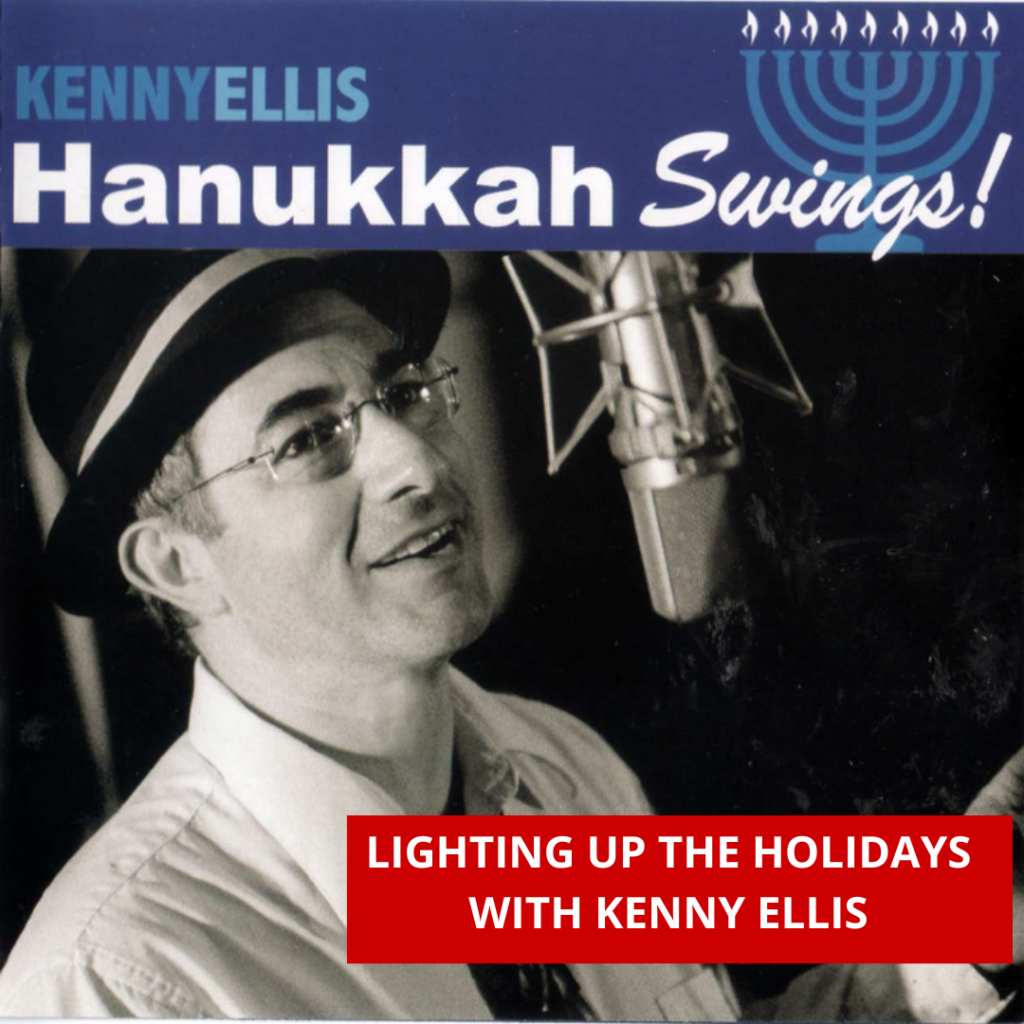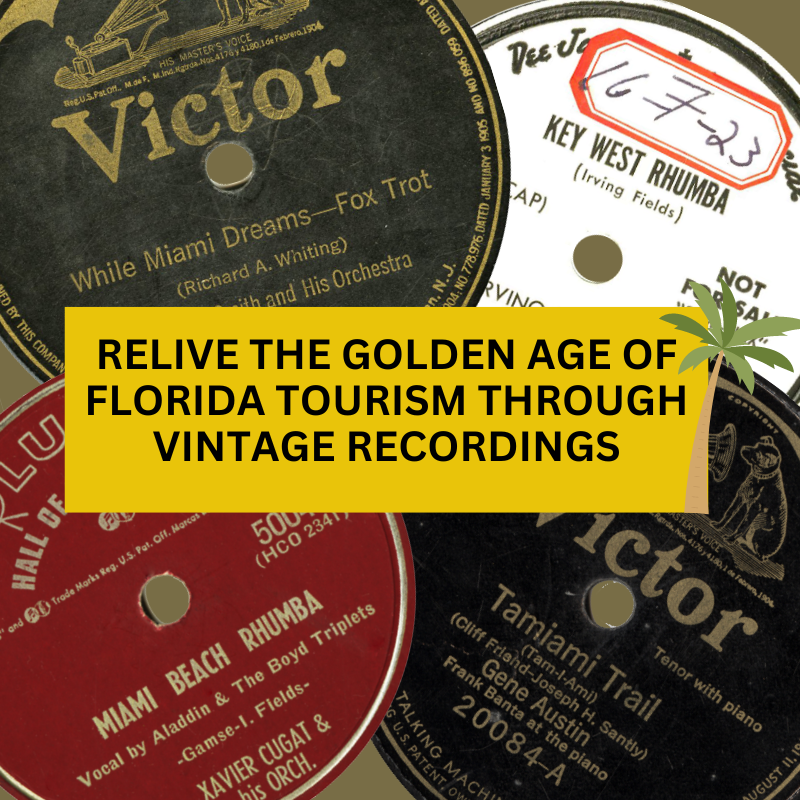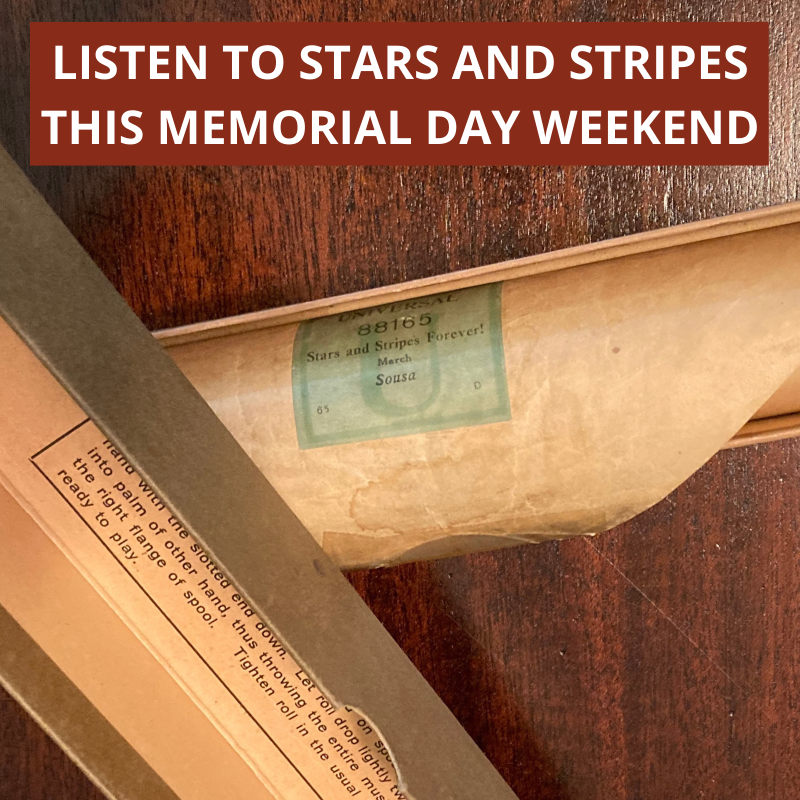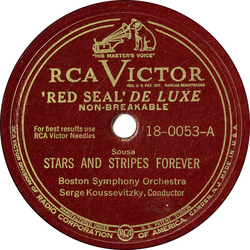This High Holy days we wanted to highlight the voice of
Cantor Moshe Schwimmer.
 Moshe Schwimmer was born with the gift of a beautiful singing voice. As a child his singing delighted all who heard him. But, being a serious and studious young man, he desired to develop his talents through study and hard work. And so, at the age of 18, he set out to study music and liturgy at the Brunn Music Conservatory in Czechoslovakia (now Austria).
Moshe Schwimmer was born with the gift of a beautiful singing voice. As a child his singing delighted all who heard him. But, being a serious and studious young man, he desired to develop his talents through study and hard work. And so, at the age of 18, he set out to study music and liturgy at the Brunn Music Conservatory in Czechoslovakia (now Austria).
Inside the conservatory he was welcomed into the cantor’s choir. His knowledge of liturgical music grew and his rich baritone voice became polished and more defined. Outside the conservatory Hitler was on a rampage. Sadly, the synagogue in Brunn was torched and burned by the Nazis. Moshe was determined to increase his skills. He fled to Budapest where he continued to study, created the OMIKE performance group, and gave concerts, until the Hungarians sent him to a forced labor camp and then to a concentration camp.
After his liberation in 1944, he appeared throughout Eastern Europe, but it was not until his travels took him to Germany that his talents were truly recognized. He was invited to sing for the state-run radio station in Munich. Soon he had his own hour-long weekly radio program which was broadcast all over Europe.
This wonderful recording was created by the JSA from the private recordings of Cantor Moshe Schwimmer and can only be heard on this website. Moshe Schwimmer was a cantor whose beautiful voice and soulful singing touched audiences for decades. Yet, his voice might have been lost forever were it not for one man’s strong desire to cherish his brother’s memory and protect his legacy.
Zalman Schwimmer (a.k.a. Sydney), personally hand-carried his brother’s private tape recordings (along with some memorabilia and biographical information) to the Wimberly Library on Florida Atlantic University’s Boca Raton campus. He told us about his brother, “He never made any commercial recordings. That wasn’t for him. He didn’t want to be famous. He didn’t try to please others. He was just always striving for perfection.”
Listen to the voice of Cantor Moshe Schwimmer
Discover the voice of Cantor Moshe Schwimmer this High Holy Days by visiting the Recorded Sound Archives website and listening to his album High Holy Days in a Conservative Synagogue (https://rsa.fau.edu/album/36556).
Looking for more music to celebrate the High Holy Days this year? Look no further, the Recorded Sound Archives has a collection of over 40 recordings for you to choose from and share and enjoy with your family.




